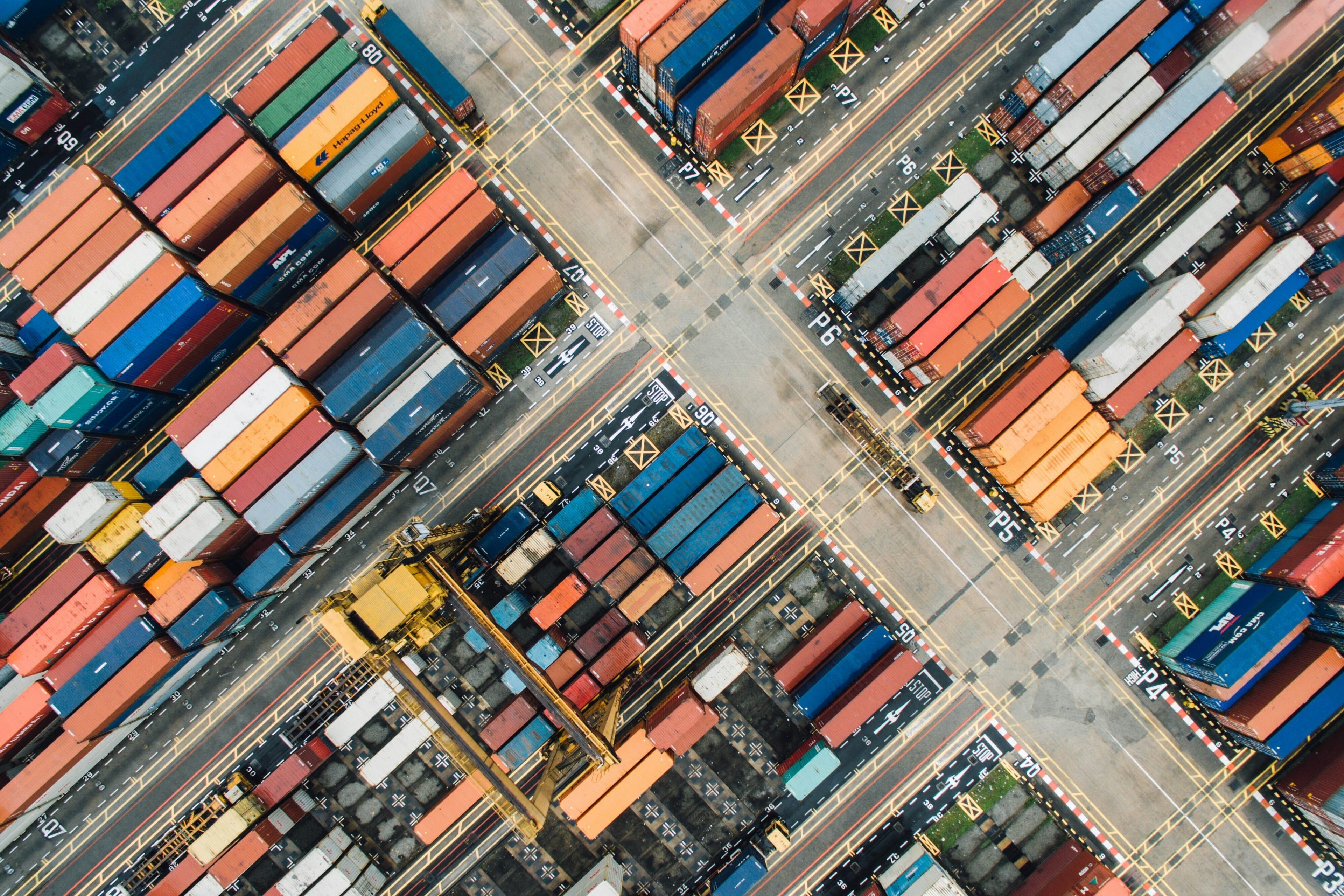Are these five trends disrupting or driving logistics growth?

Optimized logistics power global trade Image: Photo by CHUTTERSNAP on Unsplash
- The logistics industry is booming with estimations surpassing $18 trillion by 2030.
- The latest global trade update from UNCTAD warns that persistent geopolitical tensions, surging shipping costs and substantial levels of debt could alter the course of global trade.
- As we contemplate the future trajectory of the logistics sector, it is clear that nations must invest in infrastructure, technology and talent development.
From health pandemics to geopolitical tensions, shifts in economic powers and the rise of innovative technologies, international trade has undergone unprecedented changes over the past decade. With logistics industry estimations surpassing $18 trillion by 2030, this upward trajectory underscores resilience and growth potential. However, the latest global trade update by the United Nations Conference on Trade and Development (UNCTAD) highlights persistent geopolitical tensions, surging shipping costs and substantial levels of debt as factors that could potentially alter the course of global trade. With a convergence of promising trends and challenging factors, the question arises: where does the logistics sector stand at this crossroads?

The five trends shaping logistics growth
1. AI and e-commerce expansion
The rise of e-commerce demands faster, more efficient logistics solutions using artificial intelligence (AI). With sophisticated algorithms and machine-learning techniques, AI enables e-commerce platforms to analyze vast volumes of data, optimize pricing strategies and enhance customer satisfaction and loyalty. Given this transformative influence, AI is expected to reach $12.87 billion by 2026 in the logistics market, according to the Gitnux Market Data Report 2024. Industry giants, such as Amazon and DHL, are already integrating AI into their operations, driving innovation and elevating customer experiences through e-commerce.
2. Sustainability
Emerging trends in sustainable logistics, including adopting alternative fuels, electric vehicles and carbon offset programmes, shed light on the accessibility of sustainable transportation. Given that the transportation industry accounted for 24% of global greenhouse gas emissions in 2023, DHL has committed to reducing its logistics-related emissions to net zero by the year 2050. This shift towards sustainable supply chains benefits the environment, improves efficiency and reduces costs.
How is the Forum helping to navigate global value chain disruption?
3. Bridging the talent gap: addressing the need for skilled labour
A survey by the MHI and Deloitte states that 57% of respondents report difficulties in hiring and retaining qualified workers. Hence, governments are implementing multifaceted strategies to develop talent and bridge workforce gaps. For instance, Germany’s vocational education and training (VET) model allows a hands-on approach to equip students with relevant skills. Meanwhile, other countries are launching government-backed residency initiatives, such as Qatar’s Mustaqel programme, which is designed to attract international talent.
4. Re/near-shoring strategies - bringing it home
Given global disruptions over the past decade, over half (57%) of the global companies surveyed by QIMA reported that nearshoring is a key part of their supply chain strategy and that they aim to bring production and distribution closer to end markets. Re/near-shoring strategies also support job creation and economic growth in local communities.
5. Geopolitical shifts
Geopolitical events significantly impact logistics by impacting shipping rates, trade flows and supply chains. The surge in trade tensions between the United States and China since 2018 inflated tariffs, affecting over $700 billion in goods in 2019 alone, according to the World Trade Organization (WTO). Similarly, the recent attacks on vessels transiting through the Suez Canal, decreased Suez Canal shipments by an estimated 42% compared to its peak, according to UNCTAD. The search for alternative routes due to these factors results in longer cargo travel distances, rising trade costs and insurance premiums.
The road ahead
Returning to the pivotal question posed earlier regarding the current position of the logistics sector at this critical juncture, the responses may diverge, depending on the country in question.
Looking at the highly ranked countries by the World Bank’s Logistics Performance Index, namely Singapore, Germany and the Netherlands, it becomes evident that they leverage emerging technologies, such as blockchain, Internet of Things (IoT) and AI, to optimize supply chain operations and enhance efficiency. Furthermore, these governments are forging partnerships with private sector stakeholders to foster innovation and address pressing challenges, such as sustainability and digitalization.
As we contemplate the future trajectory of the logistics sector, it is clear that nations worldwide are recognizing a unifying theme: investing in infrastructure, technology and talent development. Qatar, positioned at the forefront of this global endeavour, stands as a beacon of innovation and progress. The country ranks seventh globally in logistics competence, according to the Agility Emerging Markets Logistics Index 2024, and is second in the region for access to technology according to the Network Readiness Index 2023.
Qatar Free Zones Authority (QFZ) is a key enabler of the logistics sector in the country, spearheading various initiatives to bolster its expansion. To date, QFZ hosts four of the top ten global logistics enterprises and continues to incorporate innovative technologies, such as AI in logistics, as well as the development of new assets, including brand-new regional distribution hubs. These efforts further bolster Qatar’s logistics infrastructure and attract new entrants into the market, enhancing the nation’s position as a leader in the global logistics landscape.
A version of this article has also appeared in the Qatar Tribune and Logistics Gulf News.
Don't miss any update on this topic
Create a free account and access your personalized content collection with our latest publications and analyses.
License and Republishing
World Economic Forum articles may be republished in accordance with the Creative Commons Attribution-NonCommercial-NoDerivatives 4.0 International Public License, and in accordance with our Terms of Use.
The views expressed in this article are those of the author alone and not the World Economic Forum.
The Agenda Weekly
A weekly update of the most important issues driving the global agenda
You can unsubscribe at any time using the link in our emails. For more details, review our privacy policy.
More on Supply Chains and TransportationSee all
Debs Schrimmer
June 5, 2024
Jelena Aleksić and Daniel Boero Vargas
June 4, 2024
Simon Lacey and Don Rodney Junio
June 3, 2024
Daniella Partem, Ofer Lapid and Ami Weisz
May 29, 2024
Robin Pomeroy, Emanuela Orsini and Sophia Akram
April 30, 2024
Maria Mexi and Mekhla Jha
April 30, 2024







